Golden Triangle of the Southeast
In the Project to turn Ho Chi Minh City into a major service center to concretize the Resolution of the Politburo , the City identified key objectives: Assessing the current situation, determining the vision, building a set of high-end service criteria and proposing key groups of solutions.
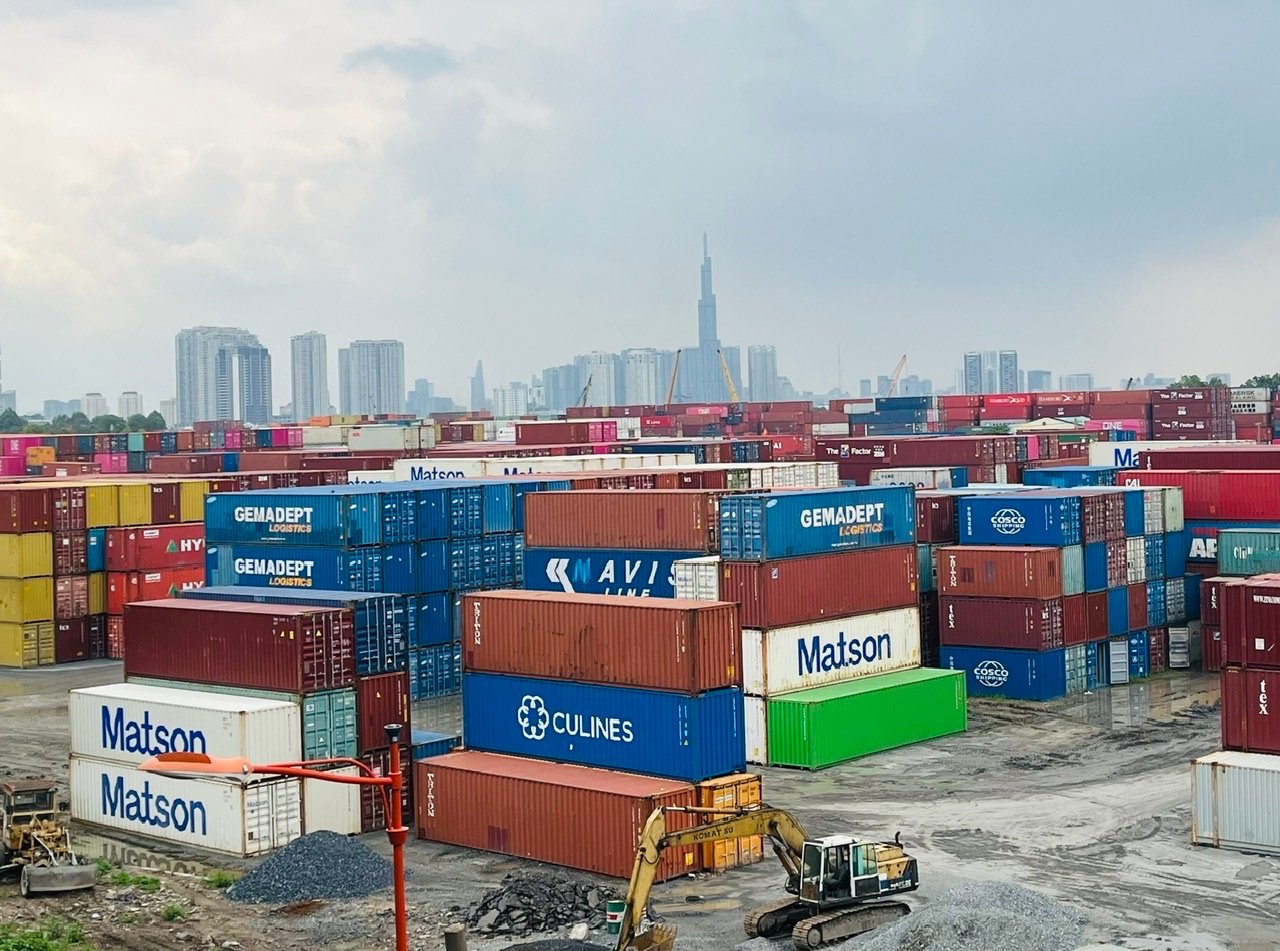
On that basis, the City has selected 9 key service sectors including: Trade, finance, logistics, information technology - communication, science - technology, real estate, education , healthcare and accommodation - catering. These sectors currently account for more than 90% of the service structure and maintain an average growth rate of 8.1% in the period 2010 - 2024.
Compared to Ho Chi Minh City, Binh Duong and Ba Ria - Vung Tau have a lower service proportion (87% and 78% respectively), but are prominent in the fields of logistics, transportation - warehousing, seaports, international transportation and tourism, creating multi-level resonance with Ho Chi Minh City.
Thanks to that, a value-added service structure was formed, in which wholesale and retail trade took the lead with VND 216,847 billion (about 25% of GRDP of services), followed by transportation and warehousing reaching VND 149,592 billion (about 17%), creating a "runway" to help the City rise to the position of the leading service center in the country.
Mr. Luong Quang Thi, Executive Committee Member, Head of Policy and Legal Department of Ho Chi Minh City Logistics Association, said that the merger of three provinces has created a complete "golden triangle" of logistics and economy.
Specifically, Binh Duong owns a widespread network of industrial parks (IPs), with the orientation of developing 10 new IPs by 2030, focusing on high technology, mechanics and information technology. The strategy of connecting river ports and roads with Cai Mep - Thi Vai port cluster and Long Thanh airport is helping to form a seamless transport corridor.
Ho Chi Minh City plays the role of the “brain” of the region - a center of trade, services, consumption, distribution, finance and technology. Meanwhile, Ba Ria – Vung Tau plays the role of an international gateway, owning the Cai Mep – Thi Vai deep-water port cluster that meets regional standards, creating a great advantage in import and export.
Ms. Huynh Dinh Thai Linh, Director of Trade and Service Ecosystem Development of Becamex Group, and CEO of WTC Binh Duong New City, commented that the role of multimodal logistics and the proposal of the Ho Chi Minh City - Cai Mep - Bau Bang - Can Tho express railway (324 km long) will connect deep-water ports, reduce costs, increase efficiency and shorten supply chain time.
According to Ms. Linh, the merger of the three economies is not just a mechanical addition, but the core value lies in the common operating system, helping to mobilize and connect the existing resources of the region.
Despite its great potential, according to Mr. Luong Quang Thi, the “golden triangle” still lacks synchronization and deep integration. “The linkage mindset needs to shift from inter-provincial connection to intra-regional integration, forming a single and seamless supply chain between economic poles. This is a prerequisite to unleash the enormous scale of the “super region”, Mr. Thi emphasized.
The picture of logistics enterprises also shows many challenges. According to the General Statistics Office, in 2022, the country will have more than 30,000 logistics enterprises, of which over 5,000 will provide 3PL services. Although domestic enterprises account for more than 80% of the total, they only hold about 30% of the market share, reflecting the fragmentation of the market and the urgent need to improve service capacity, standardize processes, and connect data, to help Vietnamese logistics rise to a higher value level.
In terms of infrastructure, the southern region – which handles 45% of the total cargo volume and more than 60% of the country’s container volume – is still under great pressure from road traffic. Key routes such as National Highway 51, the “unique” route connecting Ba Ria – Vung Tau with Ho Chi Minh City, are often overloaded, prolonging transportation time, increasing costs and eroding the region’s competitive advantage.
This is considered a “bottleneck” that needs to be resolved soon by developing multimodal transport (waterway – rail – road – air) and reorganizing the flow of goods based on data, towards a modern, smooth and sustainable logistics network.
What to learn from other countries
To build a logistics roadmap towards high-end services, Ho Chi Minh City needs to refer to successful international models.
Singapore invests heavily in smart ports, integrating automation – IoT – AI and a shared data platform between ports, warehouses, shipping lines and customs. Thanks to that, the island nation has visibility throughout the supply chain, optimizing efficiency for both the “first mile” and “last mile”, while significantly reducing operating costs.
Rotterdam is taking a more sustainable approach to logistics, aiming for net zero emissions by 2050. Its flagship project, Porthos CCS (CO₂ capture and storage), shows that greening logistics is not an extra cost but a long-term competitive advantage that will help the port maintain its global appeal.
Meanwhile, Shanghai combines integrated infrastructure with institutional reform, adopting a free trade zone (FTZ) model that has helped halve customs clearance times. The city also encourages the development of value-added services such as sorting, packaging, and labeling; offers incentives to attract maritime personnel, and promotes smart and green operations through fast customs clearance, electric trucks, and the use of LNG for ships.
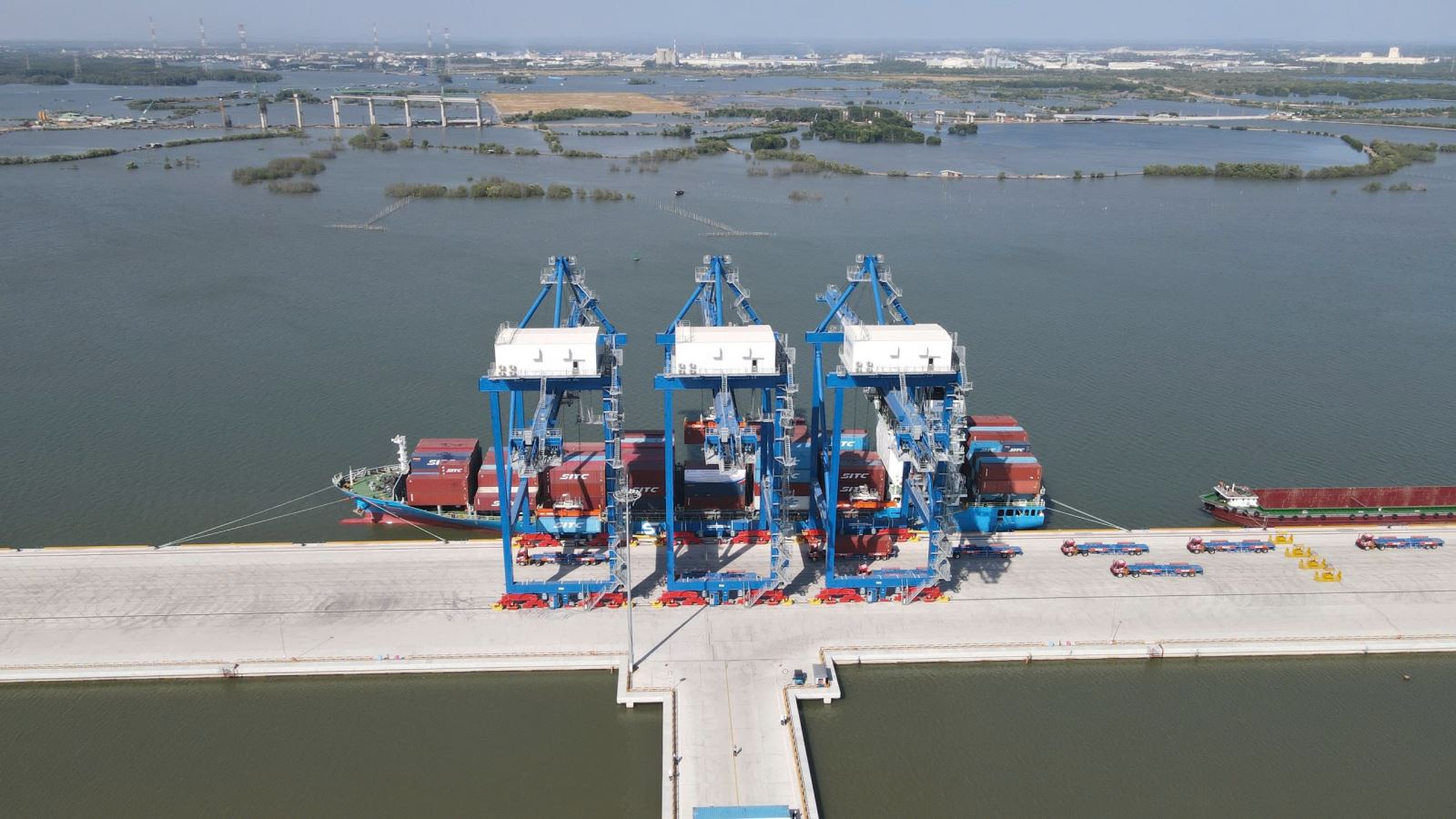
Dr. Nguyen Hue Minh, lecturer at Ho Chi Minh City University of Economics, said that when compared with international models, the future of logistics lies not in scale but in the ability to link elements into a seamless, efficient and environmentally responsible operating ecosystem.
For the new Ho Chi Minh City, the key is digital transformation of logistics. The focus includes: Standardizing data, building a shared platform (data lake) for ports - warehouses - ICDs - customs - shipping lines; optimizing routes, empty containers and loads using algorithms; deploying a new generation OMS/WMS/TMS system, international EDI standards; and forming a "one-stop - paperless" procedural corridor.
According to Mr. Minh, the City needs to prioritize public investment in key routes connecting ports and industrial parks, while attracting PPP investment in the new central port, inland container depot (ICD) system, cold storage and urban distribution centers.
Mr. Nguyen Ngoc Hoa, Chairman of the Ho Chi Minh City Business Association, said that the city should develop cargo logistics and passenger logistics in parallel, exploiting the multimodal transport network (air – rail – waterway – road) to form a comprehensive service ecosystem. This is a “golden opportunity” for Ho Chi Minh City to restructure logistics, consolidating Vietnam’s position on the global supply chain map – from an import-export gateway to a regional service, data and connection center.
From the perspective of state management, Mr. Nguyen Van Duoc, Chairman of the Ho Chi Minh City People's Committee, said that in the coming period, the City will prioritize the development of smart logistics infrastructure associated with the network of seaports, airports, waterways and railways, forming regional logistics center clusters along Ring Road 3, Ring Road 4 and the Cai Mep - Thi Vai area.
The city will deploy a digital logistics management system based on big data and artificial intelligence (AI), connecting warehouses, ICDs, distribution centers and transportation businesses through a shared data platform.
In addition, Ho Chi Minh City is promoting public-private partnerships (PPP) to invest in satellite logistics centers in Thu Duc, Cu Chi, Binh Chanh and Nha Be cities, linked to new central ports and international-standard cold storage systems.
Mr. Duoc emphasized: “Logistics will be the soft infrastructure for the urban and regional economy, a new growth driver, helping Ho Chi Minh City play the role of ASEAN's trade - finance - service 'hub' in the 2025-2030 period.”
Final article: Developing deep-water seaports to build an international maritime center
Source: https://baotintuc.vn/thi-truong-tien-te/tp-ho-chi-minh-moi-phat-trien-logistics-thong-minh-de-nang-tam-trung-tam-dich-vu-bai-1-20251022201122703.htm


![[Photo] Prime Minister Pham Minh Chinh chaired a meeting to evaluate the operation of the two-level local government model.](https://vphoto.vietnam.vn/thumb/1200x675/vietnam/resource/IMAGE/2025/10/29/1761751710674_dsc-7999-jpg.webp)

![[Photo] Fall Fair 2025 - An attractive experience](https://vphoto.vietnam.vn/thumb/1200x675/vietnam/resource/IMAGE/2025/10/30/1761791564603_1761738410688-jpg.webp)
![[Photo] New-era Party members in the "Green Industrial Park"](https://vphoto.vietnam.vn/thumb/1200x675/vietnam/resource/IMAGE/2025/10/30/1761789456888_1-dsc-5556-jpg.webp)


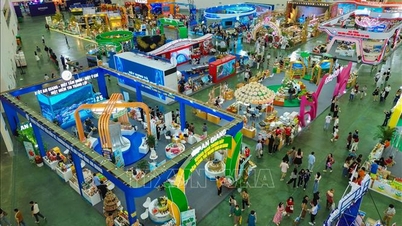
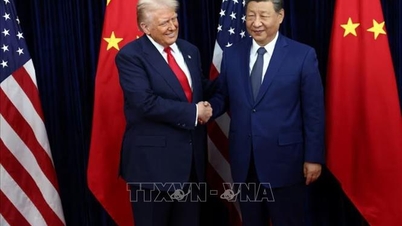
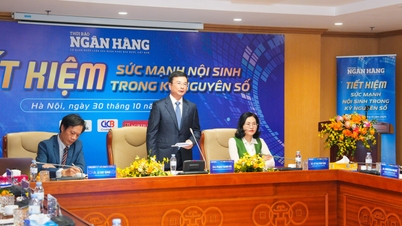
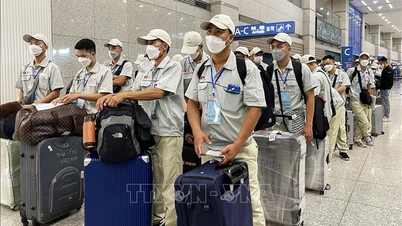
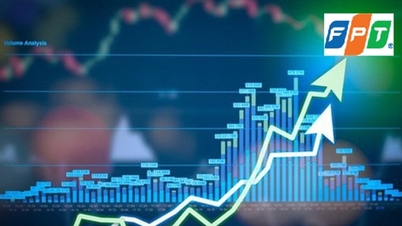

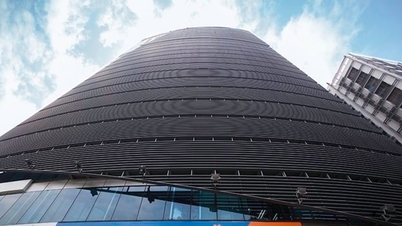




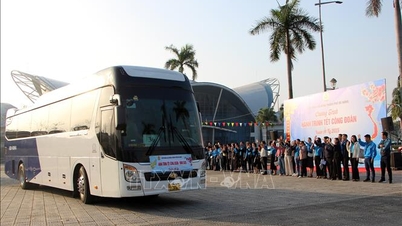
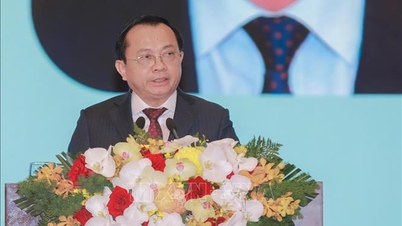
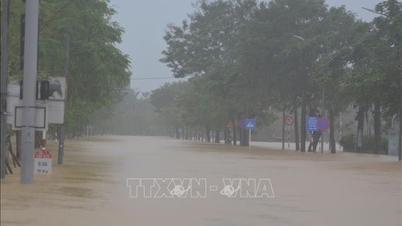
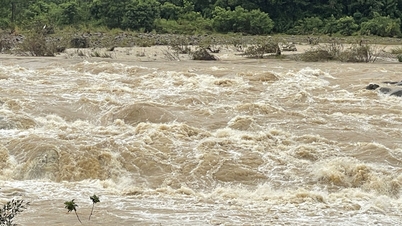
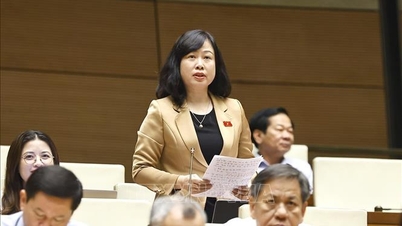

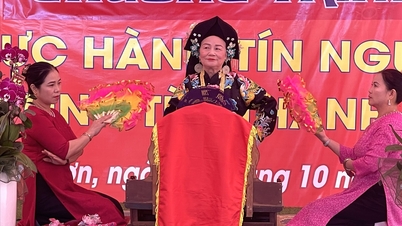





















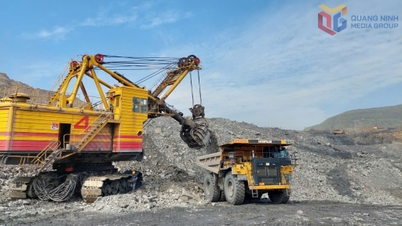



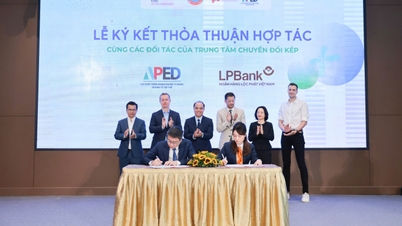

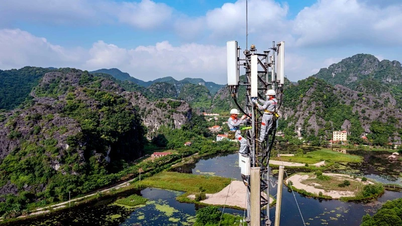
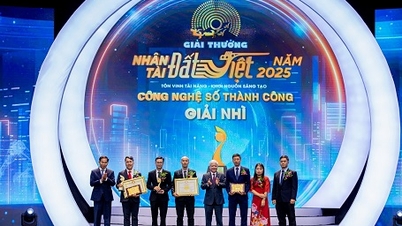

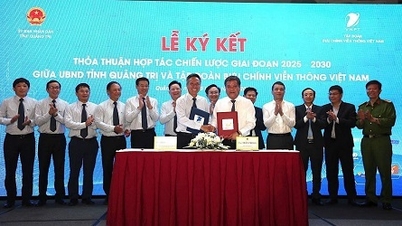







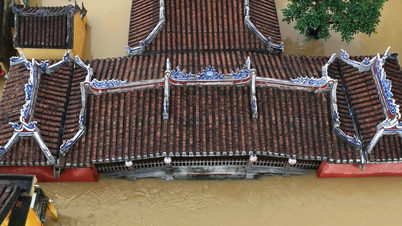

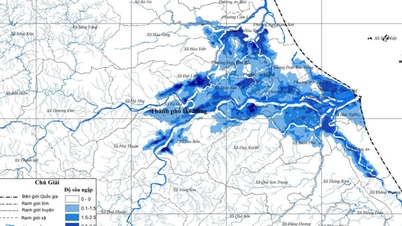

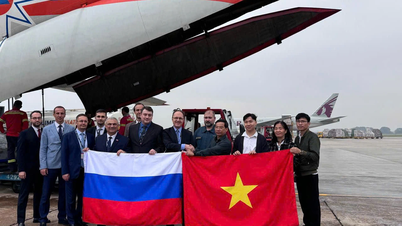


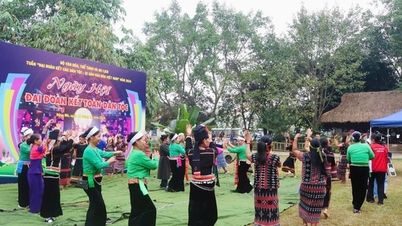
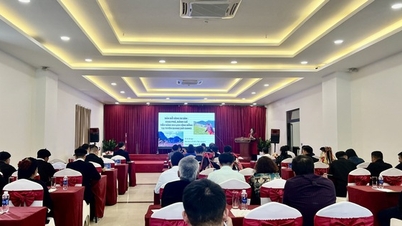
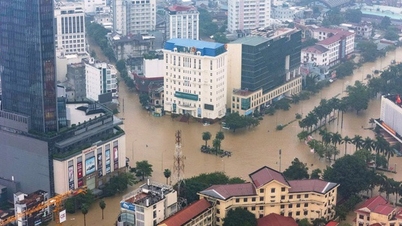
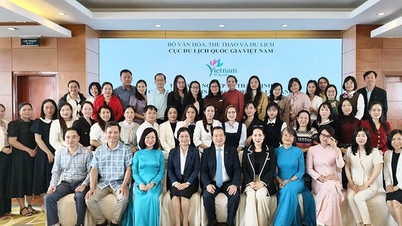

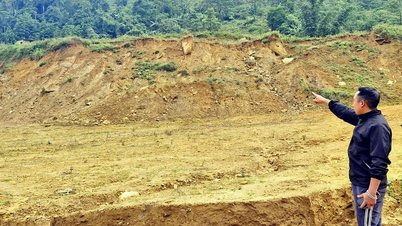

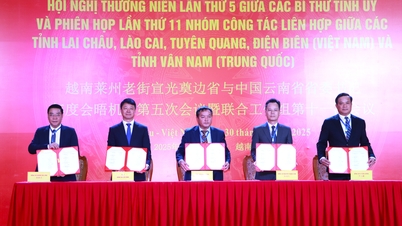















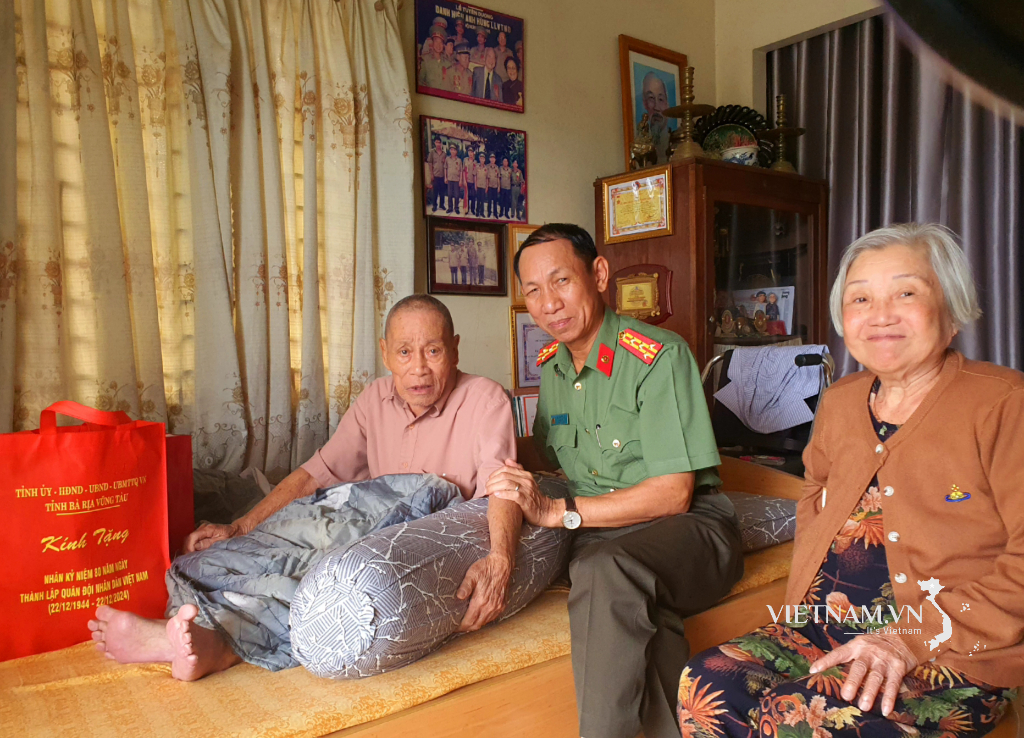


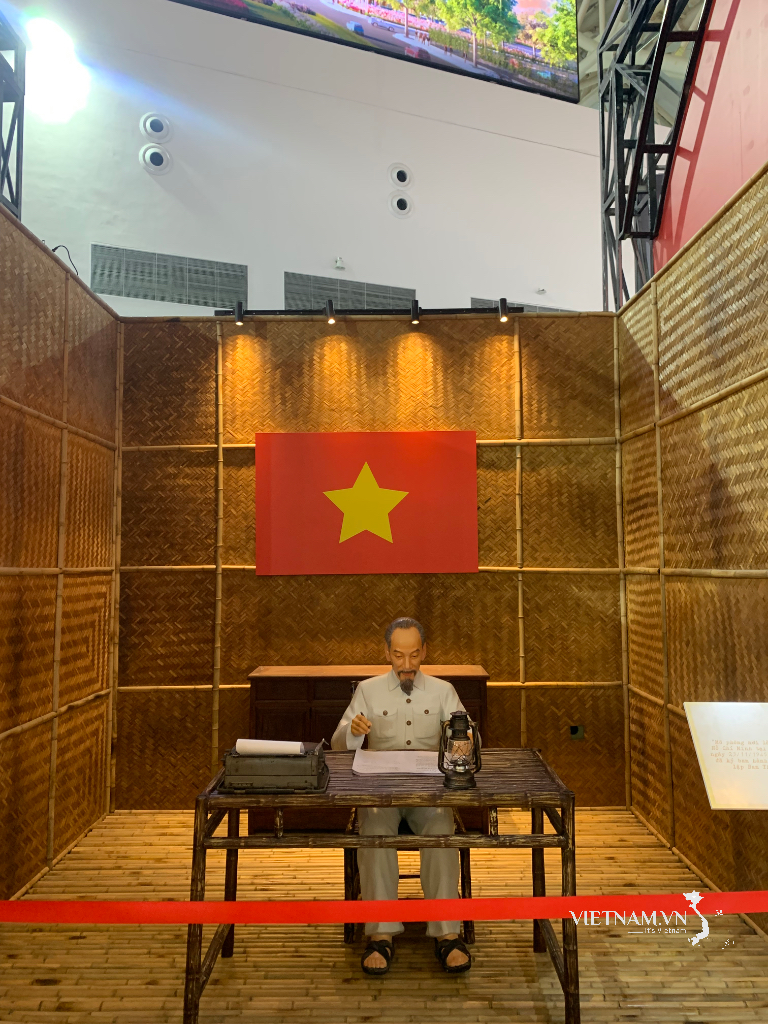
Comment (0)